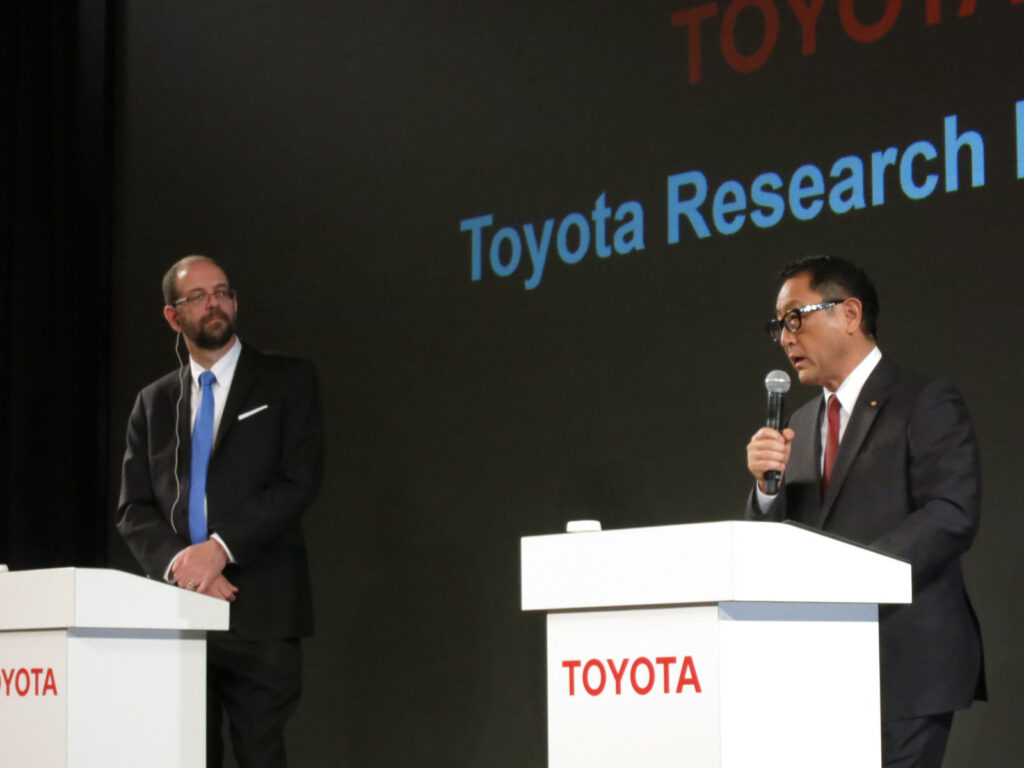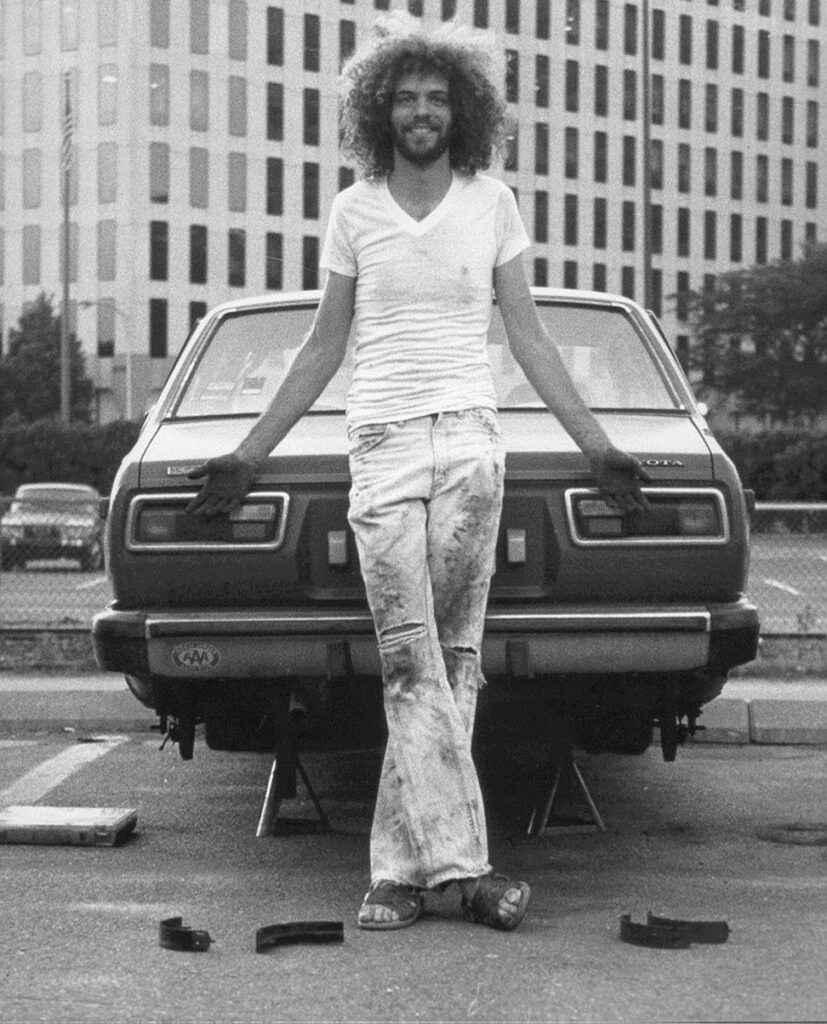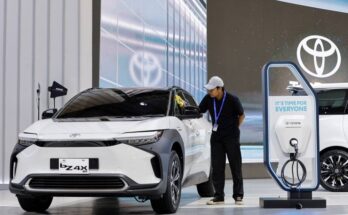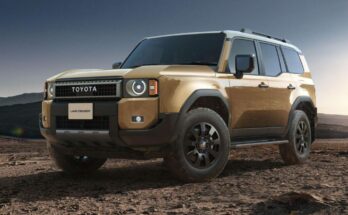Toyota is known for its stance that’s not so EV-friendly. The Japanese automaker is often criticized by the west & climate groups for not moving full-fledged toward EV adaptation. However, Toyota is always of the opinion that alternate options such as hydrogen & hybrids should be considered for greener mobility instead of going 100% for the EVs.
The CEO, Akio Toyoda, who is the grandson of the firm’s founder, has been quite vocal about Toyota’s lack of intent for EVs. Though Akio will be stepping down this April and many might think this will bring a change in Toyota’s direction, however even as Toyota moves to develop its first dedicated EV platform, it still won’t make the shift to an all-electric lineup.
Related: How Toyota Sneakily Spreads Anti-EV Propaganda in Japan
Now with some facts and figures at hand, the carmaker’s Chief Scientist Gill Pratt says that the best approach for a sustainable future is a multipronged one, blending EVs with hybrids and other green technologies, and not a full-on commitment to battery-powered cars only.

According to Automotive News, this pitch was first made at the World Economic Forum in Davos and more recently, Pratt repeated the message from Tokyo, in a bid to offer some context to Toyota’s long-term strategy. He said:
“Time will show that our point of view is actually the correct one,” Pratt said in Tokyo. “One way or the other, there will be a diversity of powertrains used throughout the world.”
This statement comes as several car brands pledged to go full-electric at some point in the future, with Honda, VW, Stellantis, Cadillac, Jaguar, Mercedes-Benz, Audi, and more saying they will do the best they can to become carbon neutral within the next couple of decades.
Related: Toyota CEO Akio Toyoda is Dissatisfied with Japan’s Push Towards EVs
In contrast, Toyota wants to sell around 5.5 million internal combustion-engined and plug-in hybrid cars per year from 2030, as well as 3.5 million EVs, including 1 million Lexus-branded ones.

So according to Gill Pratt, Toyota isn’t anti-EV, but it believes in a diversified approach while predicting a global shortage of lithium, which is the most important material used in today’s lithium-ion batteries found in pure EVs, hybrids, and plug-in hybrids. Gill Pratt and his team concluded that to lower carbon emissions as much as possible, it makes more sense to spread the limited supply of lithium among as many cars as possible, electrifying as many cars as possible.
Related: Japan Elevates Hybrid Policy After Toyota Chief’s Warning
Pratt hypothesized a fleet of 100 internal combustion engine cars with average emissions of 250 grams of carbon dioxide per kilometer traveled. Now, assuming a limited supply of lithium, there’s only enough of it to make 100 kilowatt-hours of batteries. Toyota’s Chief Scientist says that if it were used for a single, big battery, the average emissions of the whole fleet would drop by just 1.5 g/km.

But if the small amount of lithium were spread among smaller, 1.1-kWh batteries, it would be possible to make 90 hybrid cars, which would still leave 10 traditional combustion cars, but the average emissions of the theoretical fleet would drop to a much lower 205 g/km.

It’s a counterintuitive idea, that a big fleet of hybrids would make a bigger positive impact on emissions than a smaller fleet of EVs, and Toyota says this nuance is lost in the talks about adopting EVs on a global scale. Pratt also criticized rival car companies’ ambitions, calling them “happy talk” and saying that their forward-looking statements usually have an asterisk that says “if conditions permit”. He said:
“What has to change is that we have to mature a little bit, and we have to stop doing wishful thinking. A real discussion is that these are the constraints in the development of resources in the world, both material resources and charging infrastructure and renewable power… If that is true, how do we reduce the total amount of carbon dioxide that will accumulate? That is a mature discussion, not a kind of dream discussion.”
According to Automotive News, Gill Pratt was inspired to dig deeper into the battery question by his own family’s experience with a Tesla Model X, which has over 300 miles of range, but the car is typically driven less than 30 miles a day, which means 90% of the battery is “dead weight”.
Source: InsideEVs

A computer animation professional with over 23 years of industry experience having served in leading organizations, TV channels & production facilities in Pakistan. An avid car enthusiast and petrolhead with an affection to deliver quality content to help shape opinions. Formerly written for PakWheels as well as major publications including Dawn. Founder of CarSpiritPK.com




